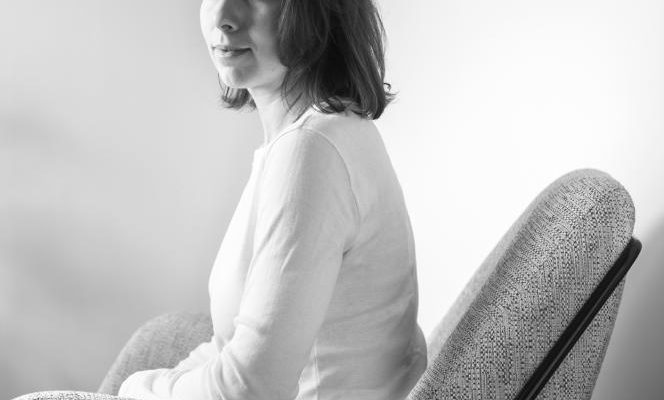Throughout my childhood, at the beginning of spring, my Ashkenazi grandmother Esther prepared fava bean soup for us, the emblematic dish of Passover, the Jewish Passover. It is a rather Mediterranean dish which is adorned with a strong symbolic dimension, since it represents the exit of the Jews from Egypt, where they were reduced to slavery, and the beginning of the agricultural year. For my brother, my sister and me, as well as our many cousins, it was above all a festive and family moment, a joyful gathering around spring products.
My grandmother would put on her apron and, in a hurry, she would embark on three days of culinary preparations: you had to shell everything, turn dozens of artichokes, prepare a vegetable broth, let the spinach fall, chop the herbs, roast the lamb and leave everything to simmer for a long time. We came in large numbers to his little house on the 19the arrondissement of Paris and we crowded together to share this soup announcing the beginning of Passover, when we abstained from eating leavened bread. My grandmother then passed the recipe on to my mother, who makes it ritually every year.
I grew up near Geneva and in Neuilly-sur-Seine, where I came back to live today. My family worked in jewelry, diamonds and stones, for the biggest names in luxury. My generation has rather opted for artistic careers: my sister runs an art gallery, my brother is a graphic designer and I turned to visual communication.
I traveled, moved to Canada, and worked in advertising for about ten years. I did campaigns for car and shoe brands, but what really interested me was the culinary world and the collaboration with stylists specialized in this field. I was fascinated to see how you could sort couscous grains or cut ham to the millimeter to get the perfect photo…
At home, I was already cooking a lot, rather vegetal, minimalist dishes, often inspired by Japanese cuisine. One day, with an office colleague, we had fun making rolls. We had a lot of fun, we garnished the rice sheets with all kinds of vegetables and fruits, raw or cooked. It was very pretty, graphic, light. As everyone was asking for them, I started selling small boxes at 12 euros, with two salty rolls, two sweet rolls, a soup and a drink. The orders were raining down.
I became self-employed, I met Sayaka, a Japanese cook and stylist, with whom I joined forces, and we gradually diversified the offers. This is how Balbosté (“mistress of the house” in Yiddish), our culinary creation and production studio, was born. In the beginning, everything was done in my kitchen, which sometimes looked like a ravioli apartment. Today, we have a lab and several very inventive chefs, with whom we design tailor-made events, ephemeral and memorable edible experiences.
